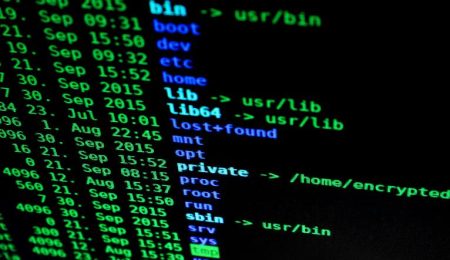- July 17, 2024
- Travel Jiffy
- Cybersecurity
Table of Contents
ToggleStudies have shown that companies with robust user education programs experience fewer security incidents and data breaches, highlighting the critical role of ongoing education in safeguarding sensitive information. Emphasizing the importance of user education not only protects the organization but also empowers employees to become active participants in maintaining a secure cyber environment.
Access Control Measures
Access control measures play a pivotal role in safeguarding sensitive data and systems within a corporate network by restricting unauthorized entry. By implementing Role-Based Access Control (RBAC), companies can guarantee that employees only access information necessary for their specific job roles.
Adding an extra layer of security, Two-Factor Authentication (2FA) requires more than just passwords, making it harder for unauthorized individuals to breach the system. Access Control Lists (ACLs) are like bouncers at a club, specifying who gets in and who doesn't, ensuring that only permitted users can access specific resources on the network.
To stay ahead of potential insider threats and unauthorized access attempts, it's essential for companies to regularly review and update their access control policies. Think of it like updating your home security system to keep out unwanted guests.
Data Encryption
Data encryption plays a pivotal role in corporate cyber security by converting plain text into a coded format to safeguard sensitive information from unauthorized access.
When it comes to data encryption, here are some key points to keep in mind:
- Confidentiality: Encryption guarantees that only authorized individuals with the decryption key can access sensitive data.
- Encryption Algorithms: Advanced encryption algorithms like AES are commonly used to protect data confidentiality effectively.
- Data in Transit: Encrypting data in transit, such as emails or online transactions, secures information as it moves between devices or networks.
- Data at Rest: Encryption is essential for securing data at rest, stored on servers or devices, to prevent unauthorized access.
- Compliance Regulations: Regulations like GDPR mandate data encryption to protect personal and sensitive information, ensuring companies adhere to legal requirements.
Regular Auditing and Testing
Regular auditing and testing are vital components of corporate cyber security, ensuring the ongoing evaluation of systems and networks for vulnerabilities and weaknesses. Through regular audits, organizations can pinpoint security gaps, identify compliance issues, and uncover potential risks lurking in their digital infrastructure.
On the other hand, testing plays an essential role in verifying the effectiveness and relevance of security measures, ensuring they align with industry best practices. By continuously auditing and testing their systems, companies can proactively address emerging cyber threats and stay ahead of evolving attack vectors that cybercriminals might exploit.
Moreover, regular audits and testing not only help organizations meet regulatory requirements but also strengthen their security posture and enhance overall cyber resilience. It's like having a digital shield that is constantly being sharpened and reinforced to protect against unseen dangers in the vast cyberspace.
Stay vigilant, stay proactive, and keep auditing and testing to fortify your digital defenses!
Threat Intelligence
Effective corporate cyber security relies heavily on leveraging threat intelligence to proactively identify and mitigate potential cyber threats and vulnerabilities. Threat intelligence involves gathering, analyzing, and interpreting data to understand the tactics, techniques, and procedures employed by threat actors, aiding in enhancing defense strategies.
Here are some key points to keep in mind:
- Sources: Threat intelligence can be sourced from various channels such as open-source intelligence, dark web monitoring, industry reports, and security vendor feeds.
- Proactive Defense: By utilizing threat intelligence, organizations can detect and address risks before they lead to significant security incidents.
- Continuous Monitoring: Regular monitoring and analysis of threat intelligence help in staying ahead of emerging cyber threats and safeguarding digital assets effectively.
- Mitigation: Leveraging threat intelligence allows for the timely identification of vulnerabilities, enabling prompt mitigation actions.
- Enhanced Protection: Understanding cyber threats through threat intelligence aids in strengthening overall security measures and preparedness against potential attacks.
Frequently Asked Questions
What Are the Key Components of Cyber Security?
Network Protection
Q: How can network protection enhance cybersecurity?
A: Network protection involves implementing firewalls, intrusion detection systems, and secure configurations to safeguard against unauthorized access and cyber threats. It creates a secure barrier to prevent malicious actors from infiltrating systems and compromising sensitive data.
Data Encryption
Q: Why is data encryption crucial for cybersecurity?
A: Data encryption converts information into a code to prevent unauthorized access. By encrypting data, organizations can ensure that even if a breach occurs, the stolen information remains unreadable and unusable to hackers.




Leave a Reply